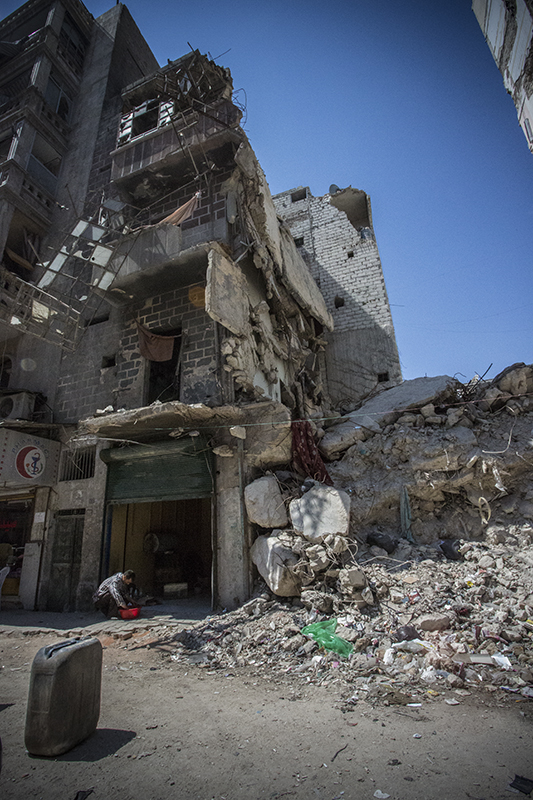
03.10.16
Areas of harm: Understanding explosive weapons with wide area effects
By Richard Moyes
In conflicts all over the world – in countries such as Syria, Ukraine and Yemen – the use of explosive weapons like mortars and rockets in populated areas is a major cause of humanitarian harm and civilians casualties.
Against the background of international recognition of the humanitarian problems caused by the use of explosive weapons in populated areas, this new report by PAX and Article 36 analyses how certain explosive weapons create wide area effects.

The report considers the implications of these effects when such weapons are used in cities, towns and villages, finding that in some contexts certain explosive weapons are as likely, if not more likely, to cause harm to the civilian population as to damage a specific military target. The report also looks at how the area effects of certain explosive weapons are already recognised in military policy and practice as having a direct link to the risk presented to civilians. However, this recognition is dispersed across various policy and operational frameworks.
In view of this, the report promotes the consolidation of this recognition through an international political declaration containing commitments to reduce harm from the use of explosive weapons.
Recommendations
As a humanitarian priority, we call upon states to draw up an international political declaration to reduce harm from the use of explosive weapons in populated areas, based on the following key elements:
- A commitment to stop the use of explosive weapons with wide area effects in populated areas;
- A commitment to assist victims of explosive weapons and affected communities;
- A commitment to gather and share data on the use and impact of explosive weapons in populated areas, including the recording of casualties, and to share policy and practice aimed at enhancing civilian protection;
- A commitment to translate the key elements of such a political commitment into national policy and action.
Download this report
Areas of harm: Understanding explosive weapons with wide area effects
October 2016
Report
